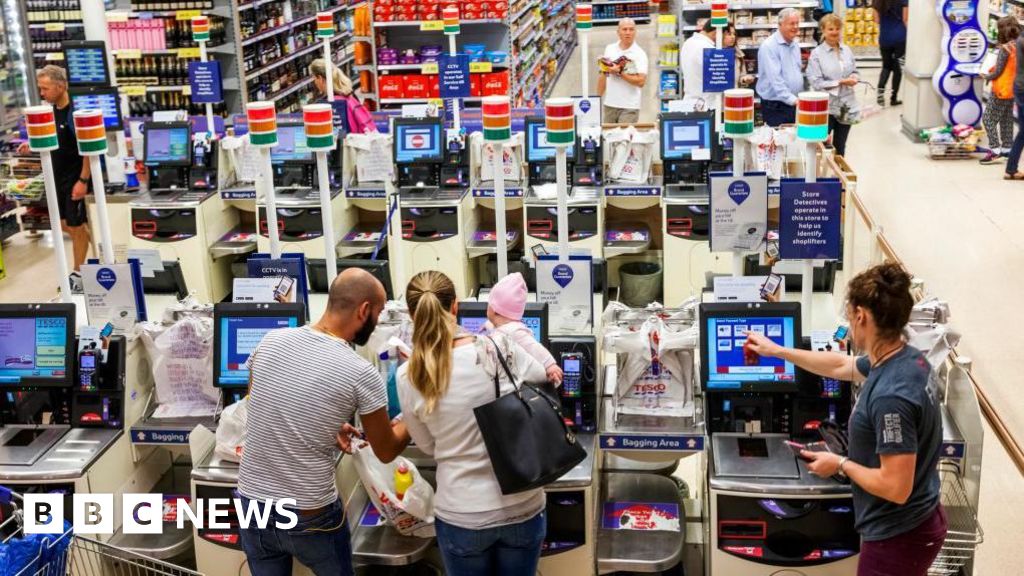- Politics
Trump says he doesn’t care if US, Iran sign a nuclear agreement
时间:2010-12-5 17:23:32 作者:Personal Finance 来源:Fashion 查看: 评论:0内容摘要:Pig kidney recipient Towana Looney stands with transplant surgeons Dr. Jayme Locke, left, and Dr. Robert Montgomery, center, at NYU Langone Health. (AP Photo/Shelby Lum)Pig kidney recipient Towana Looney stands with transplant surgeons Dr. Jayme Locke, left, and Dr. Robert Montgomery, center, at NYU Langone Health. (AP Photo/Shelby Lum)
of receiving a pig kidney or heart.“It’s like a new beginning,” Looney, 53, told The Associated Press. Right away, “the energy I had was amazing. To have a working kidney — and to feel it — is unbelievable.”

Pig kidney recipient Towana Looney is visited by transplant surgeon Dr. Robert Montgomery at NYU Langone Health, in New York City. (AP Photo/Shelby Lum)Pig kidney recipient Towana Looney is visited by transplant surgeon Dr. Robert Montgomery at NYU Langone Health, in New York City. (AP Photo/Shelby Lum)Looney’s surgery marks an important step as scientists get ready for formal studies of xenotransplantation expected to begin next year, said Dr. Robert Montgomery of NYU Langone Health, who led the highly experimental procedure on Nov. 25.

On Tuesday, NYU announced that Looney is recuperating well. She was discharged from the hospital just 11 days after surgery although she was temporarily readmitted this week to adjust her medications. Doctors expect her to return home to Gadsden, Alabama, in three months. If the pig kidney were to fail, she could begin dialysis again.“To see hope restored to her and her family is extraordinary,” said Dr. Jayme Locke, Looney’s original surgeon who secured Food and Drug Administration permission for the transplant.

More than 100,000 people are on the U.S. transplant list, most who need a kidney. Thousands die waiting and many more who need a transplant never qualify. Now, searching for an alternate supply, scientists are genetically altering pigs so their organs are more humanlike.
Looney donated a kidney to her mother in 1999. Later pregnancy complications caused high blood pressure that damaged her remaining kidney, which eventually failed. It’s incredibly rare for living donors to develop kidney failure although those who do are given extra priority on the transplant list.Residents of neighborhoods that are largely Black and Latino have fewer pharmacies per capita than people who live in mostly white neighborhoods, according to
of licensing data from 44 states, data from the National Council for Prescription Drug Programs and the American Community Survey. It’s consistent with prior research that documents where urban “pharmacy deserts” are more likely to be concentrated.The AP also analyzed data from 49 states and found those with the fewest retail pharmacies per capita include Alaska, Oregon and New Mexico. About two-thirds of retail pharmacies in those states were owned by chains, while independent pharmacies tend to concentrate more in urban markets or states with bigger populations.
Drugstores have becomein recent years, sometimes by design or necessity — especially for customers who work multiple jobs and can’t easily get to a doctor. Many pharmacies, including
- 最近更新
- 2025-07-07 07:19:47US Senate passes stablecoin bill in milestone victory for crypto sector
- 2025-07-07 07:19:47Spac revival puts spring in step of investors in New York
- 2025-07-07 07:19:47The Monday Interview. Scott Galloway: ‘This is the time to fight for America’
- 2025-07-07 07:19:47'I'm autistic and my orchestra helps me be myself'
- 2025-07-07 07:19:47Tanker rates double as shipowners steer clear of Strait of Hormuz
- 2025-07-07 07:19:47Customers furious after Game cancels Nintendo Switch 2 pre-orders
- 2025-07-07 07:19:47'Shrinking Nemo': Smaller clownfish sound alarm on ocean heat
- 2025-07-07 07:19:47Deadly superbugs thrive as access to antibiotics falters in India
- 热门排行
- 2025-07-07 07:19:47Pink Grapefruit-Tarragon Sorbet Pops
- 2025-07-07 07:19:47Why Israel wants US bunker busters to hit Iran’s Fordow nuclear site
- 2025-07-07 07:19:47Occer 12x25 Compact Binoculars
- 2025-07-07 07:19:47'I'm autistic and my orchestra helps me be myself'
- 2025-07-07 07:19:47enter your car’s VIN, license plate or make and model
- 2025-07-07 07:19:47Oil price hits 5-month high before erasing gains
- 2025-07-07 07:19:47qualify you for low-mileage discounts
- 2025-07-07 07:19:47Israel attacks Iran’s Arak reactor as Iranian missile hits Israeli hospital
- 友情链接
- Eight killed after hot air balloon crashes in Brazil Russia-Ukraine war: List of key events, day 1,214 ‘Massive’ Russian air assault kills at least 10 in Ukraine’s capital Kyiv Shooting victim Colombia Senator Uribe Turbay critical after brain surgery Israel strikes Iran’s Isfahan nuclear site, buildings on fire in Tel Aviv Pope century leads England fightback against India at Headingley Indonesia’s Mount Lewotobi Laki-laki volcano erupts, alert at highest level Petro’s labour reform referendum suspended by Colombia’s Council of State In Brazil, a fight over offshore drilling tests Lula’s climate ambitions Hurricane Erick approaches Pacific coast, threatens Mexico with flooding Explosion at fireworks factory in China kills 9, state media says In Brazil, a fight over offshore drilling tests Lula’s climate ambitions Israel strikes Iran’s Isfahan nuclear site, buildings on fire in Tel Aviv Russia-Ukraine war: List of key events, day 1,214 Dashcam captures huge blast in Ashdod in Israel Panama declares emergency in western province after deadly pension protests Hurricane Erick weakens after hitting Mexico’s coast as Category 3 storm Hundreds protest against NATO summit, Israel-Iran conflict in The Hague Cambodia halts fuel and gas imports from Thailand as crisis simmers What led to the attempted assassination of a Colombian politician? See inside newly found smuggling tunnel under Mexico-US border ‘Amazing feeling’: Marc Marquez wins Italian MotoGP for Ducati on home soil Cambodia halts fuel and gas imports from Thailand as crisis simmers North Korea sending teams to Russia’s Kursk to aid war-hit area’s recovery Risk of Iran attack on US bases in Gulf likely not “huge” What led to the attempted assassination of a Colombian politician? In Brazil, a fight over offshore drilling tests Lula’s climate ambitions US imposes new Mexican cartel sanctions, cites murder of TikTok influencer Dozens of Bali flights cancelled after Indonesia volcano erupts Belarus opposition leader Siarhei Tsikhanouski freed from jail, says wife
